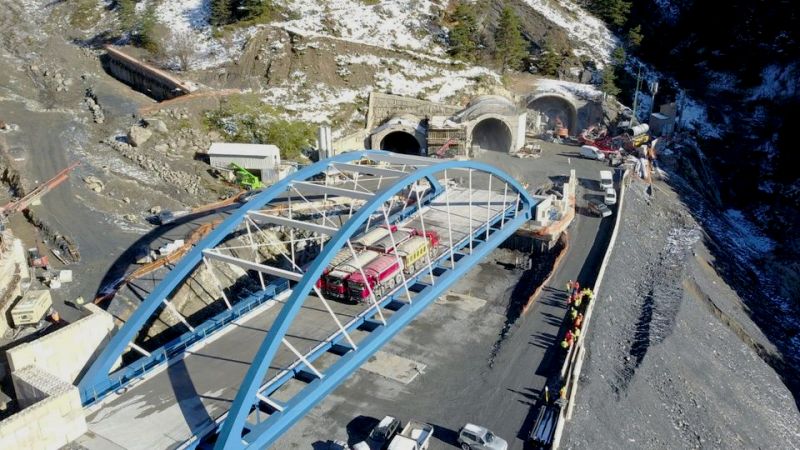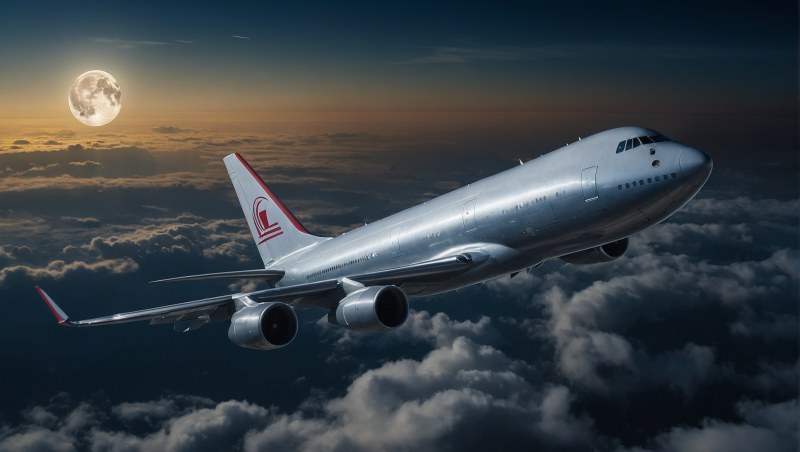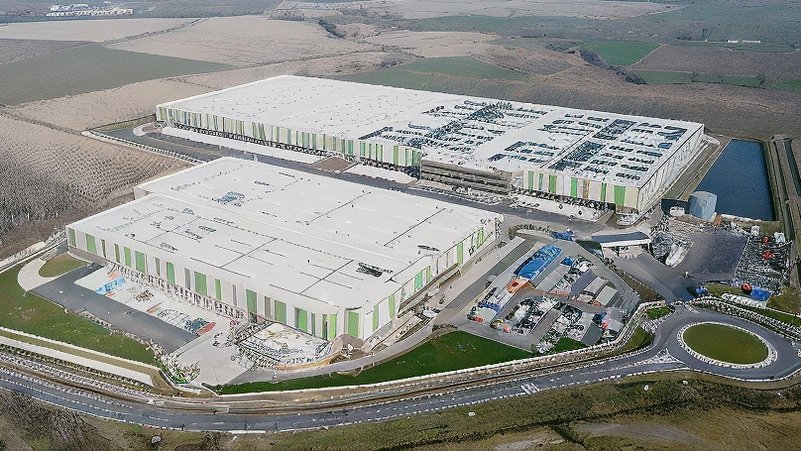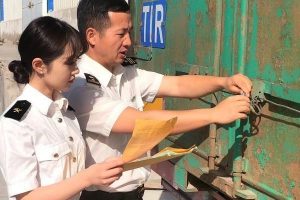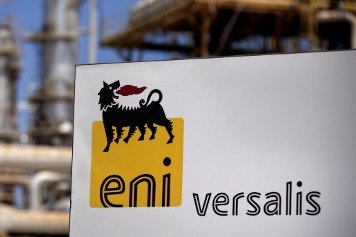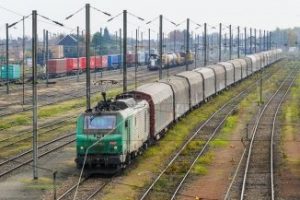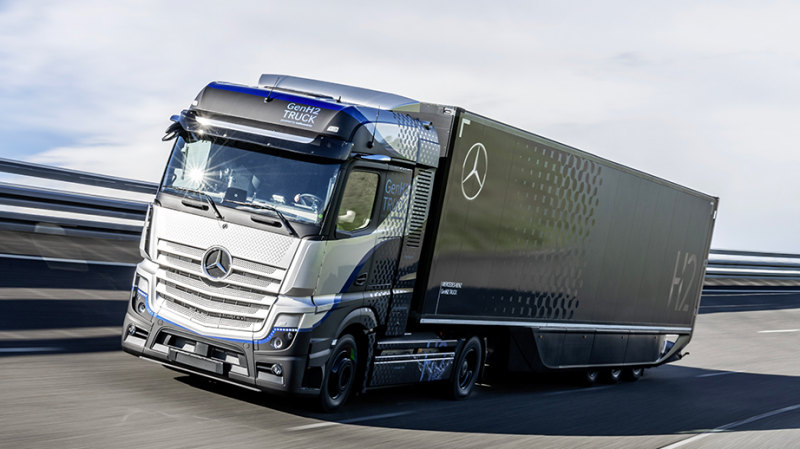On August 20, 2024, the International Road Transport Union (IRU) announced the operational launch of the second Chinese TIR hub in Urumqi, a city in the western region of China. This facility is designed to support the Belt and Road Initiative routes. In addition to traditional customs clearance services, the hub offers storage, cargo handling, route development, and the integration of transport capacities. These combined services aim to reduce both time and costs for companies operating along key trade routes between Asia and Europe.
The inauguration of this second TIR hub further strengthens Urumqi's role as a strategic gateway for trade between the East and West. Urumqi, the capital of the Xinjiang Uyghur Autonomous Region in northwestern China, is situated in a mountainous area near the desert, approximately 2,250 kilometers from the sea. Despite its remote location, the city has experienced remarkable development since the 1990s, emerging as a major urban center in Central Asia. Urumqi is served by Diwopu International Airport, one of China's top five airports, and has three railway stations.
In the context of the Belt and Road Initiative, Urumqi's importance is growing, as it lies along the Middle Corridor, which connects China to Europe via Central Asia, bypassing Russia. For example, Urumqi is linked to Salerno through a multimodal train-ship route spanning approximately 10,000 kilometers. This connection, which was launched in April 2024, has, however, sparked protests from some NGOs accusing China of using forced Uyghur labor in the production of goods being transported.



